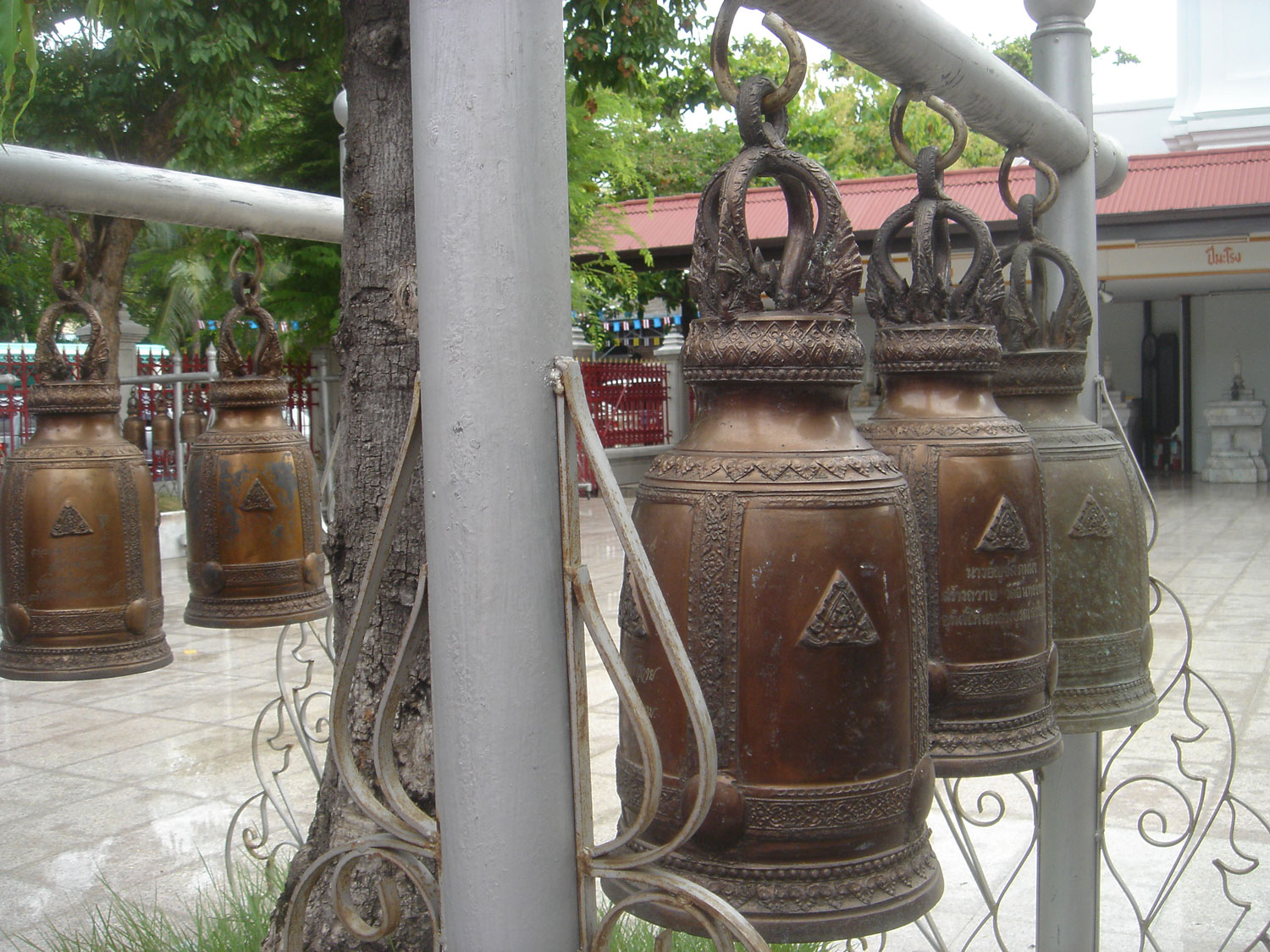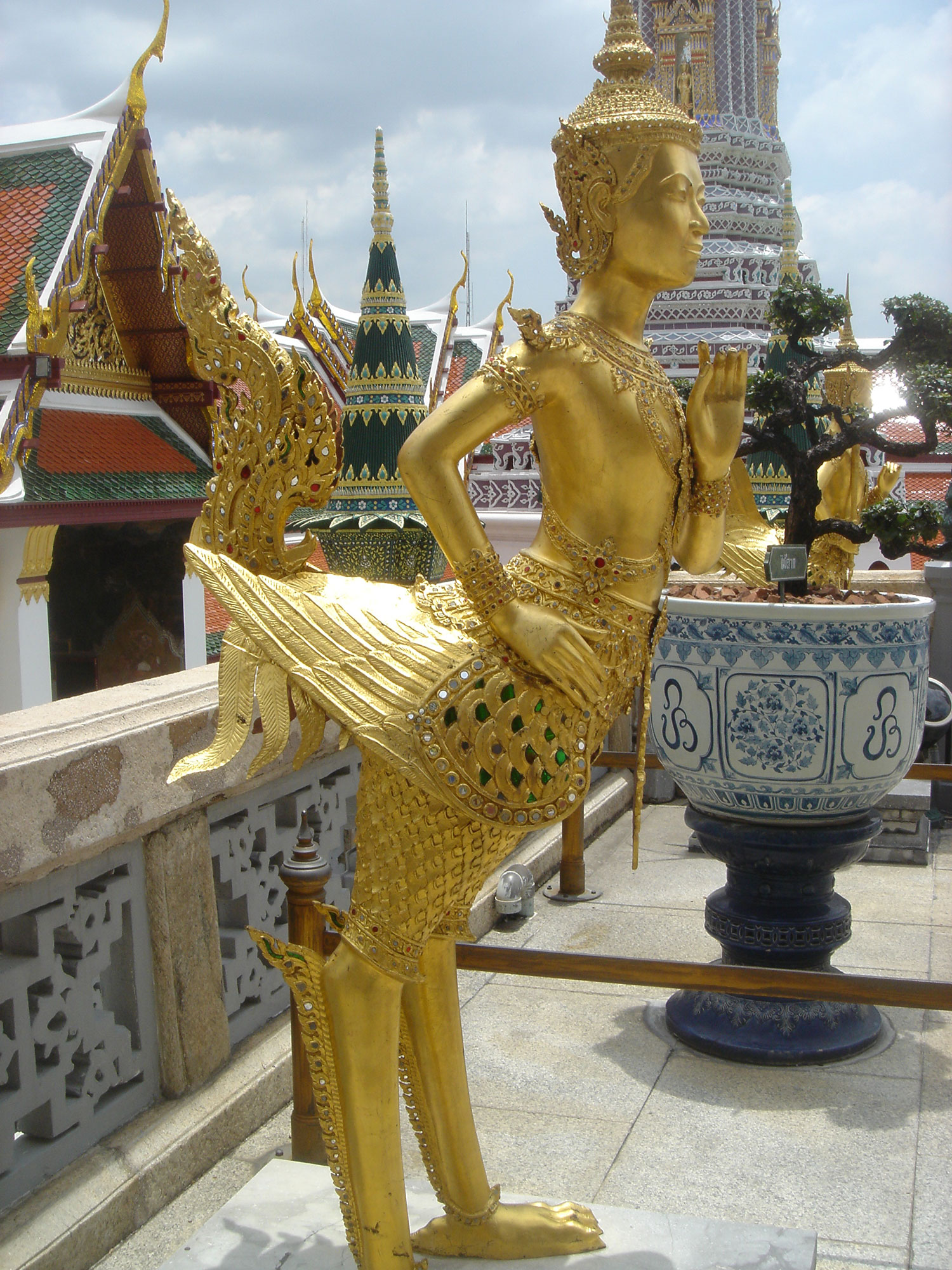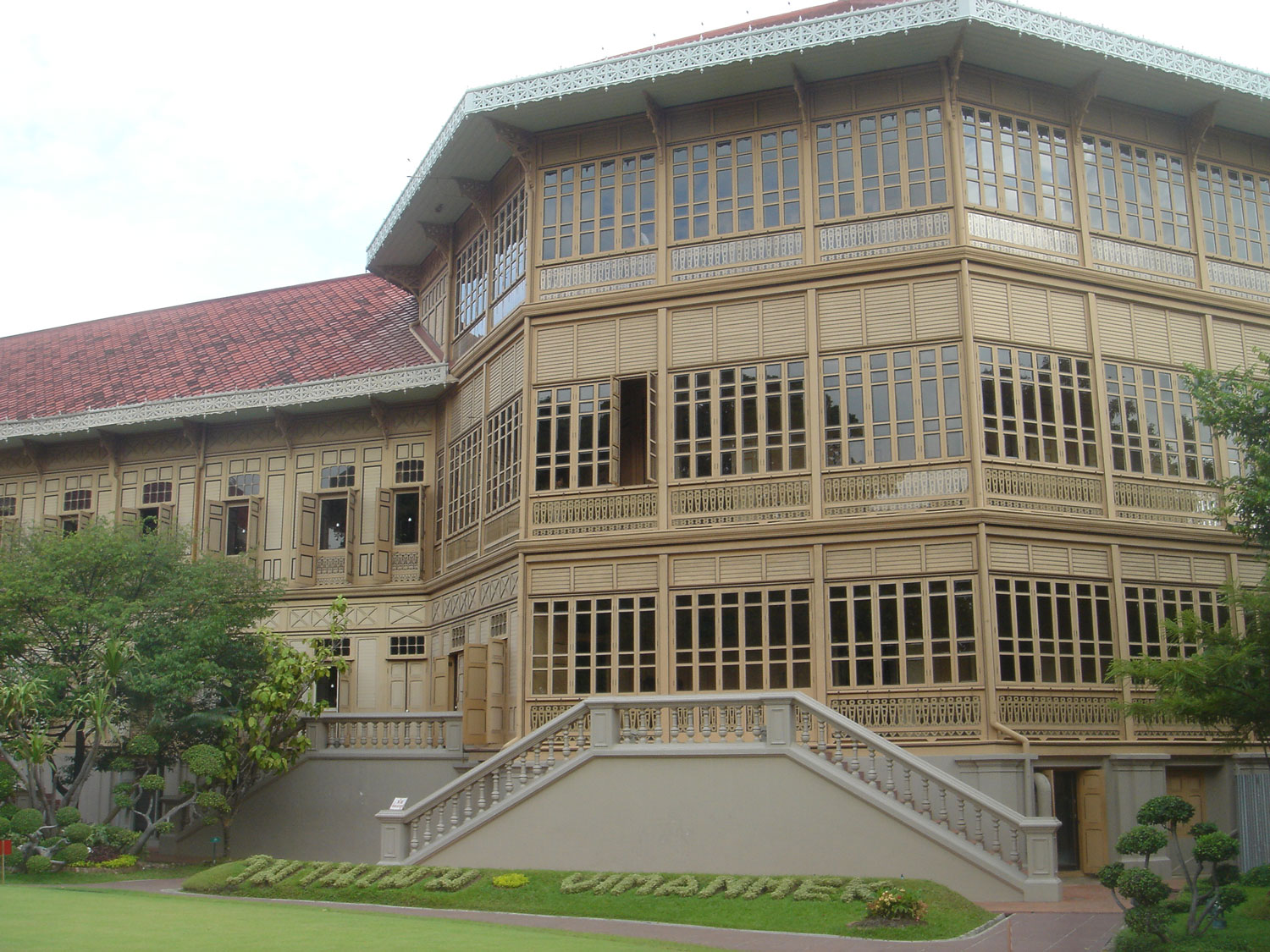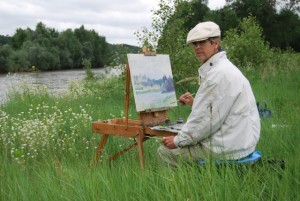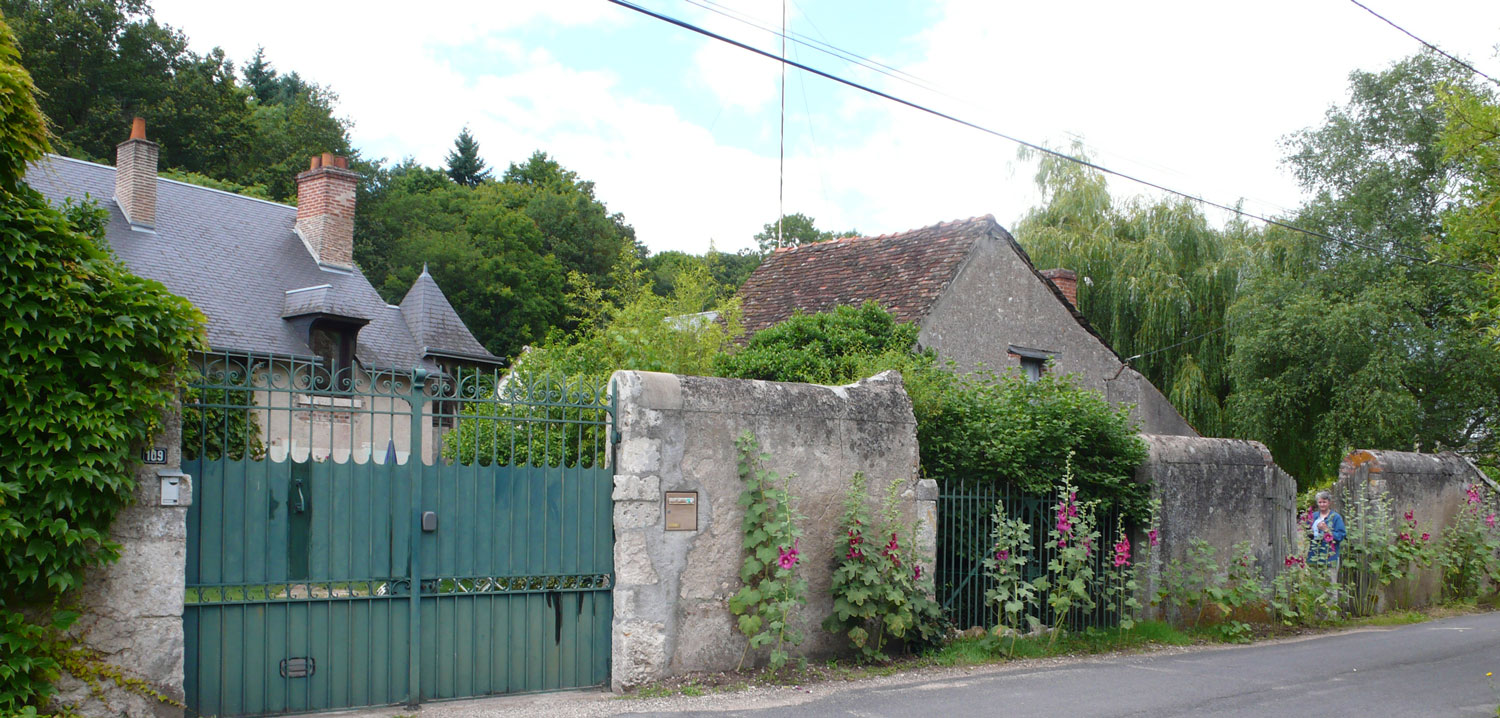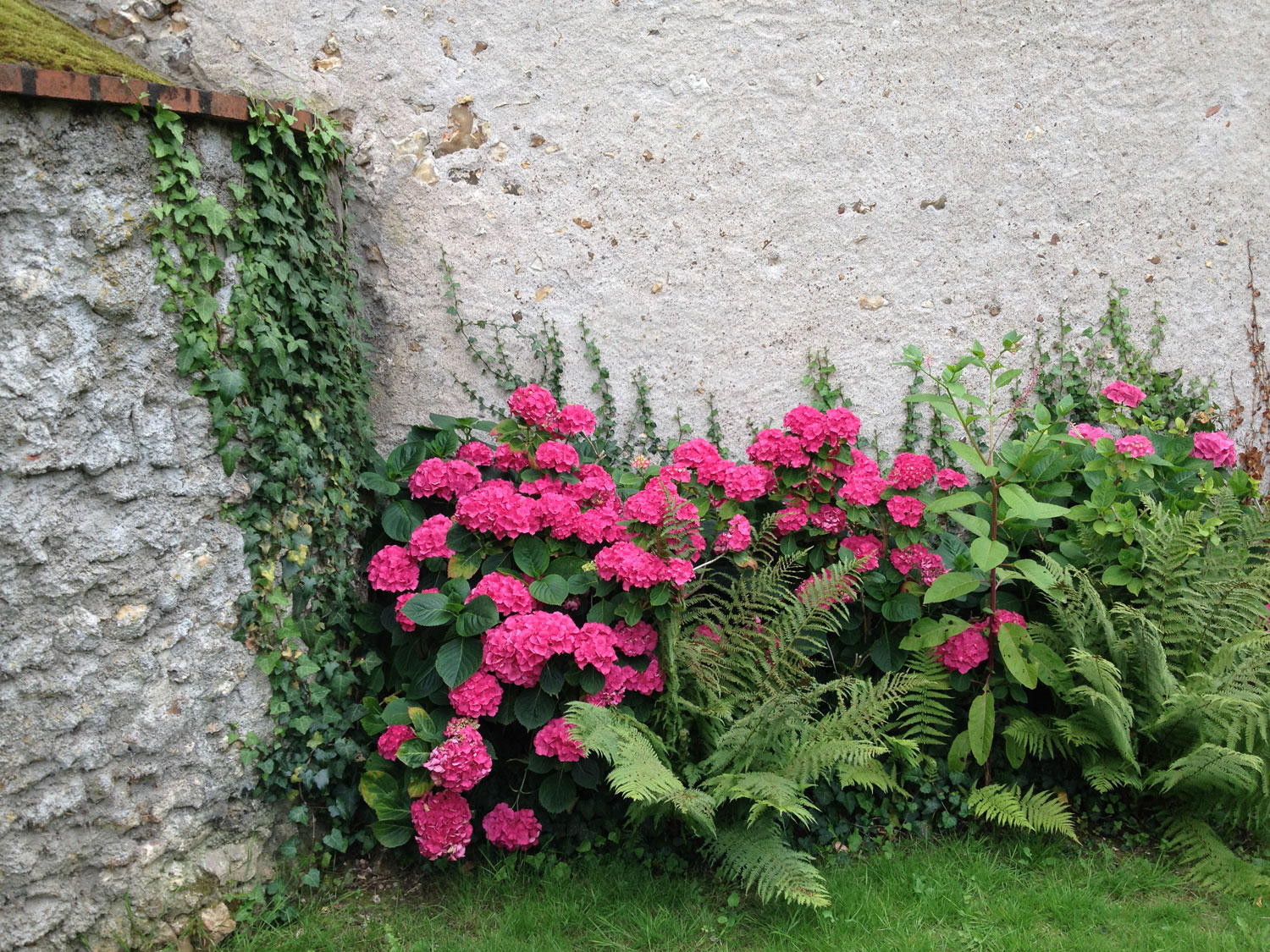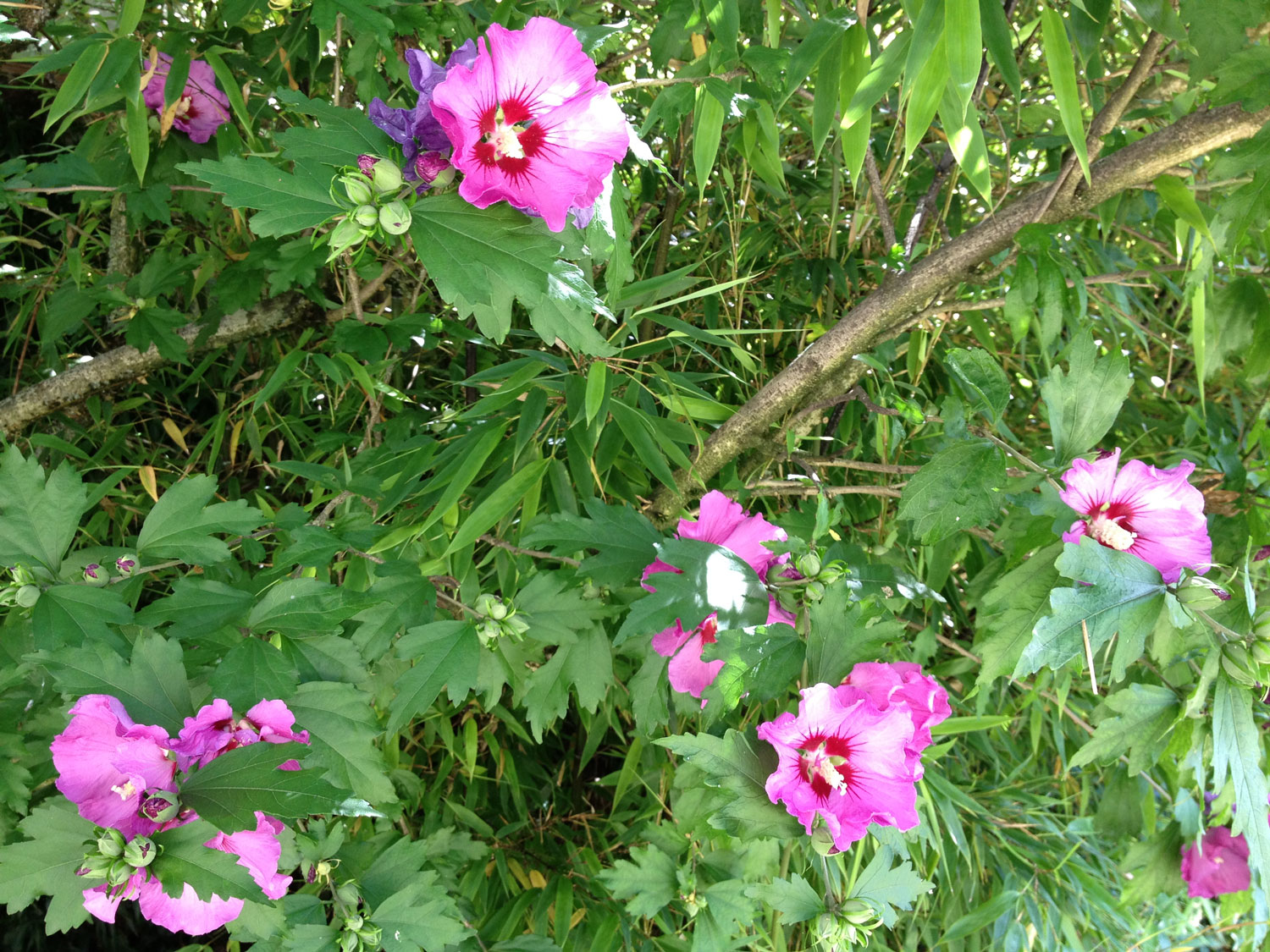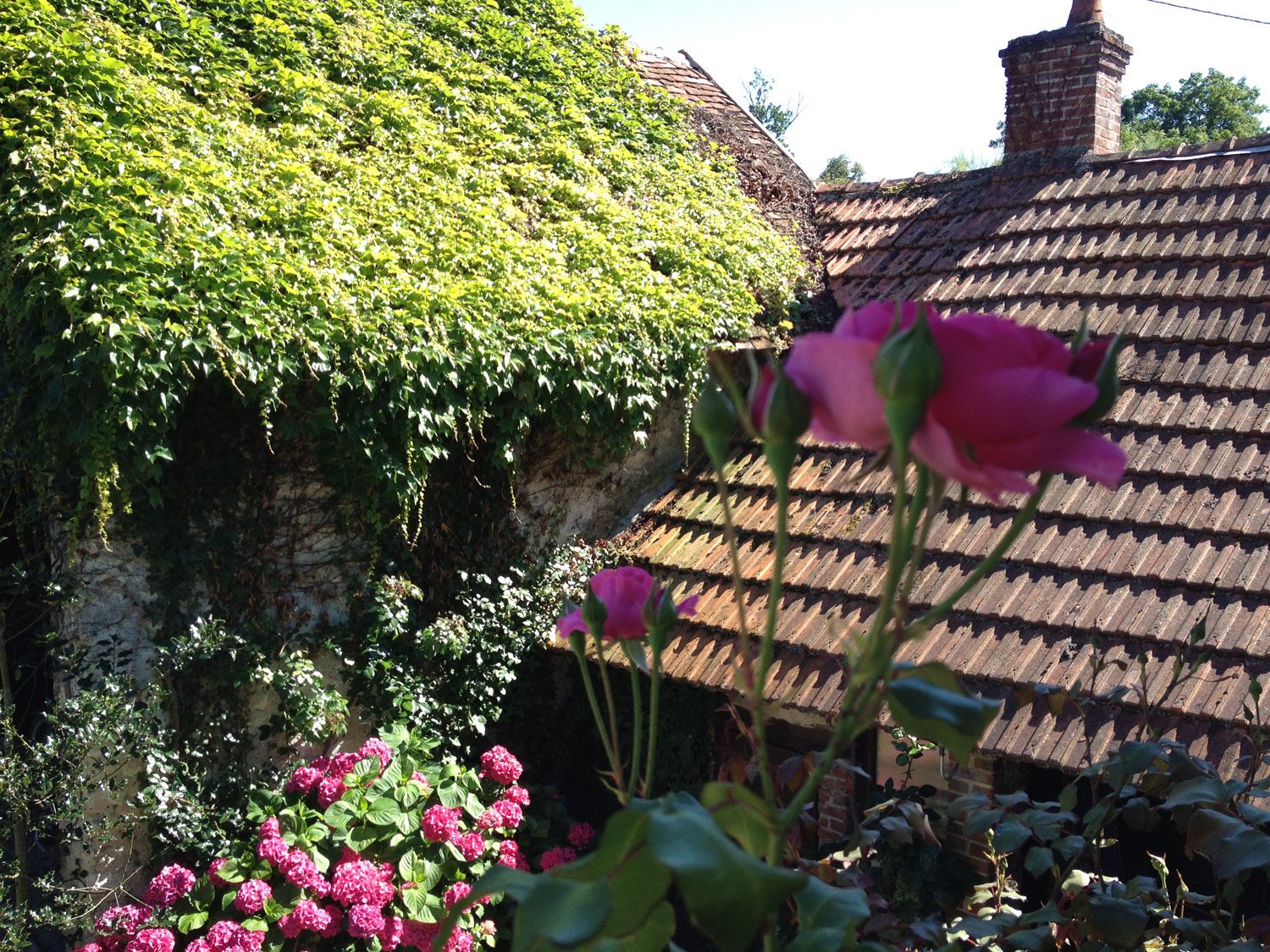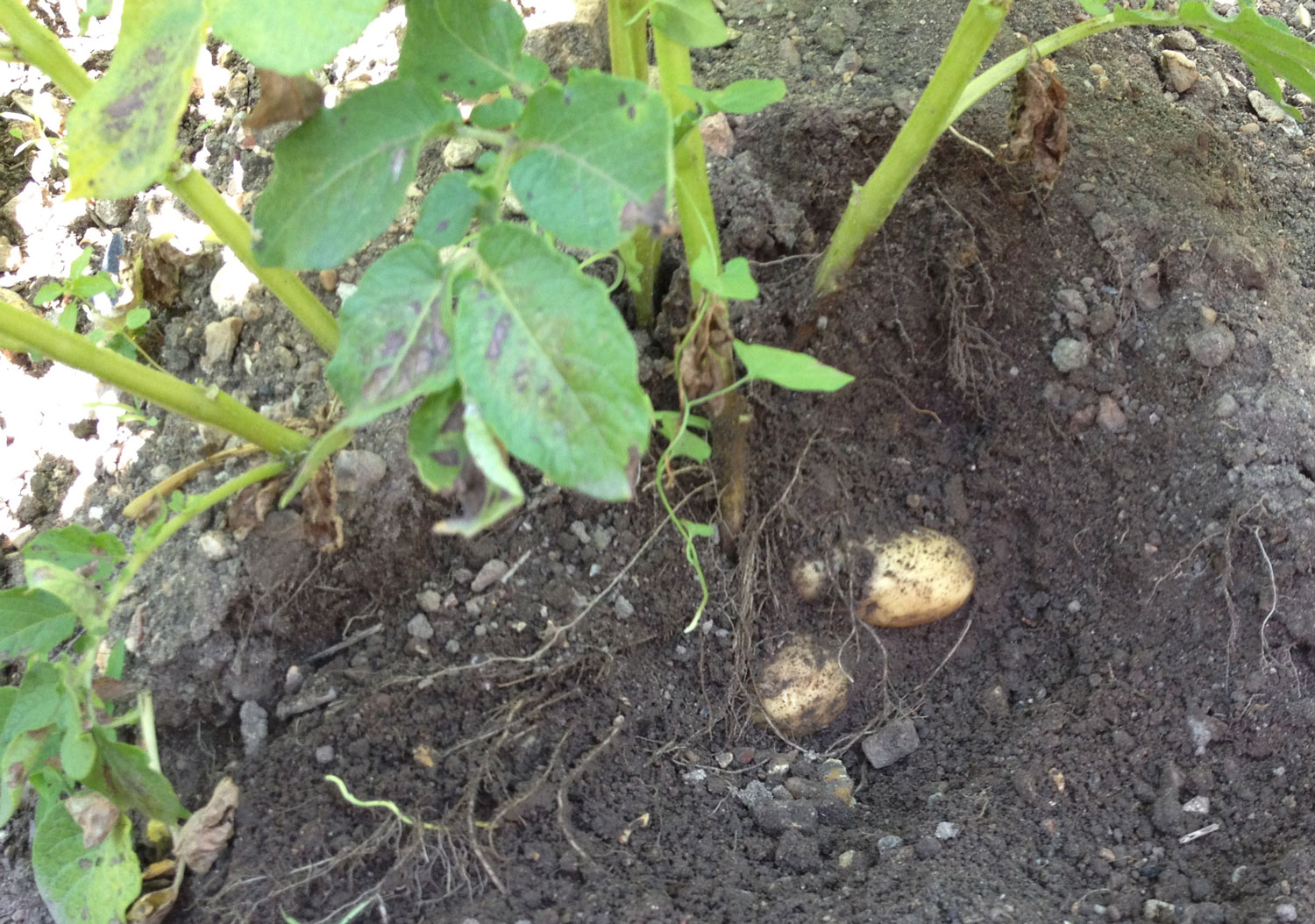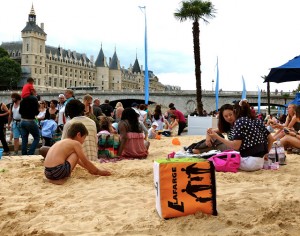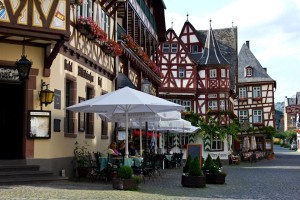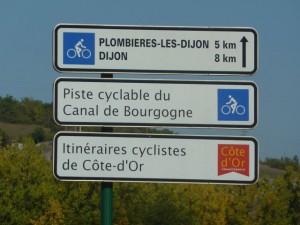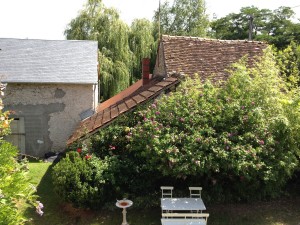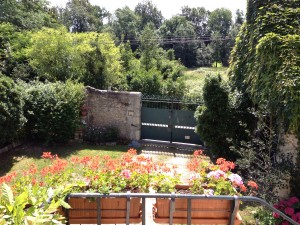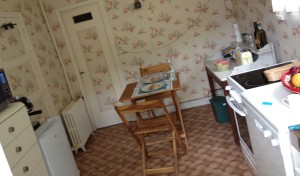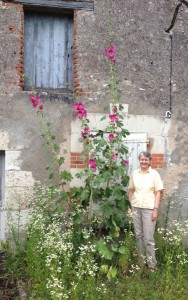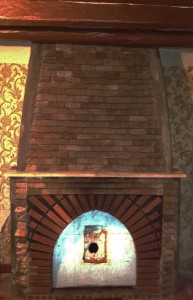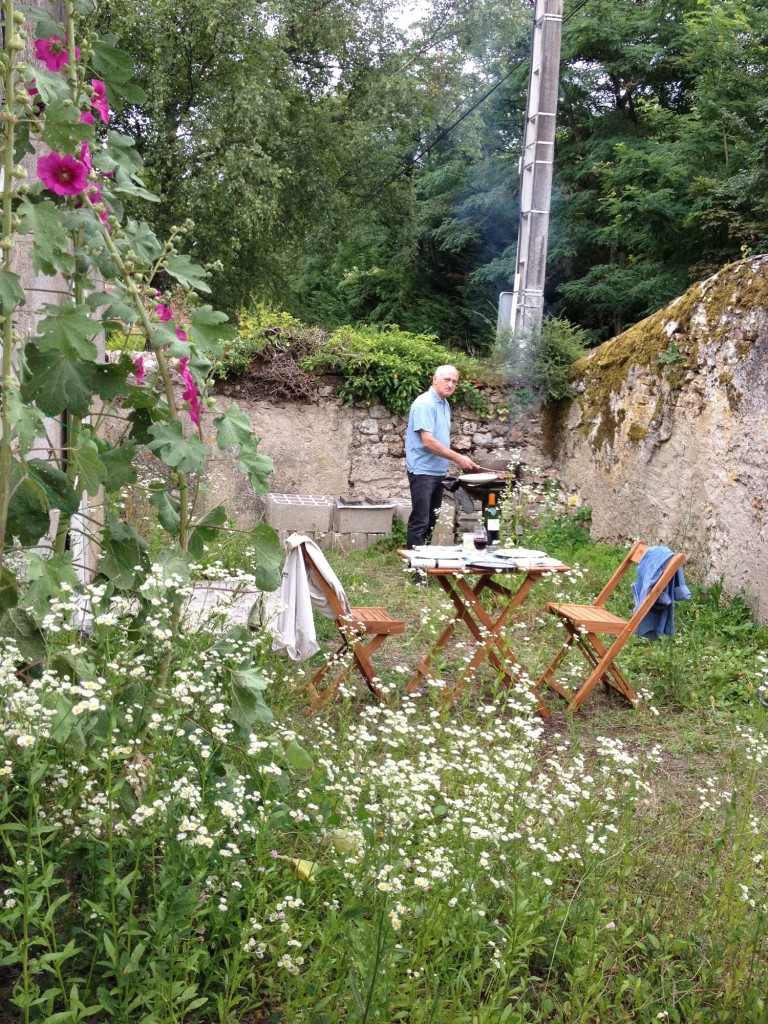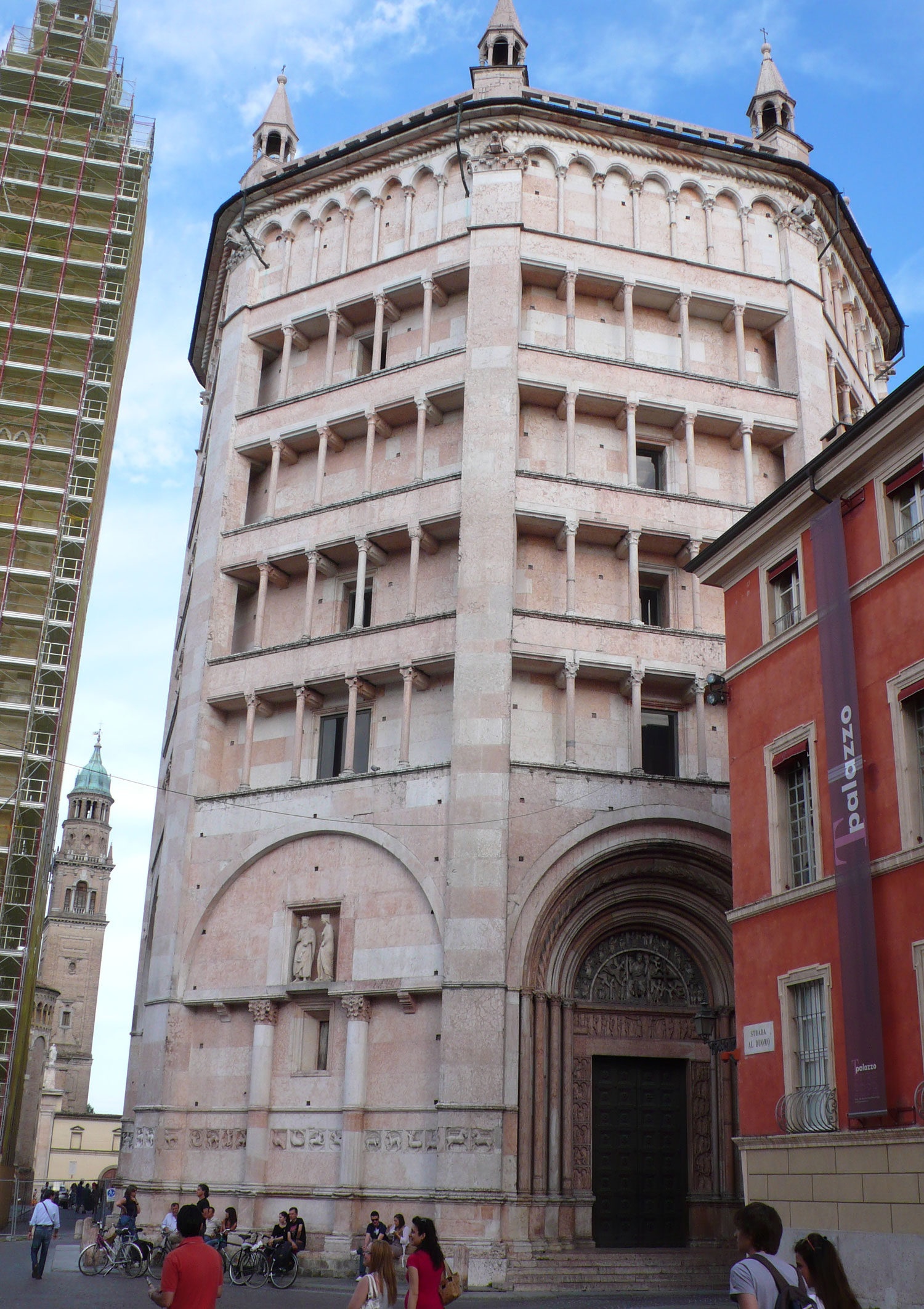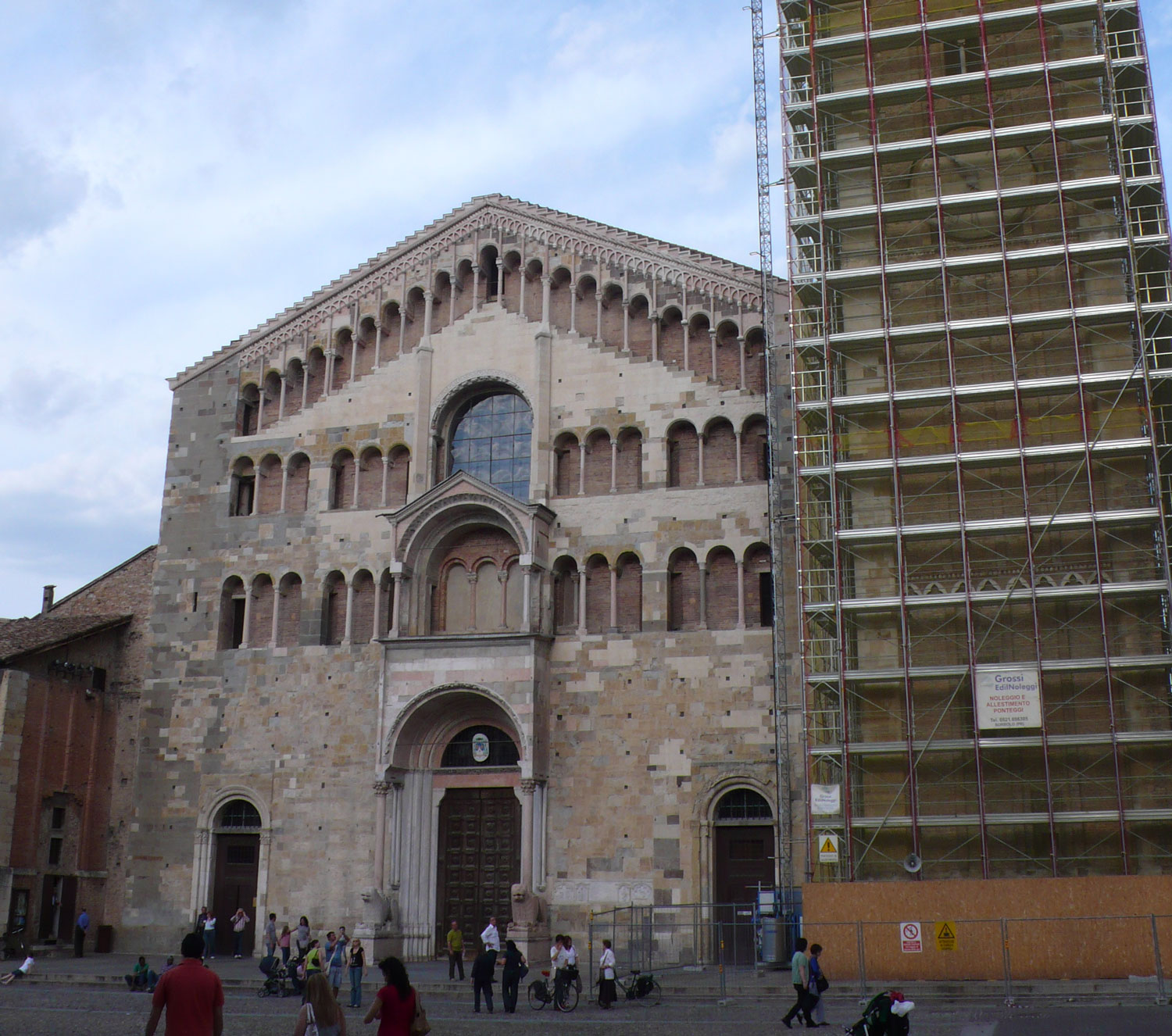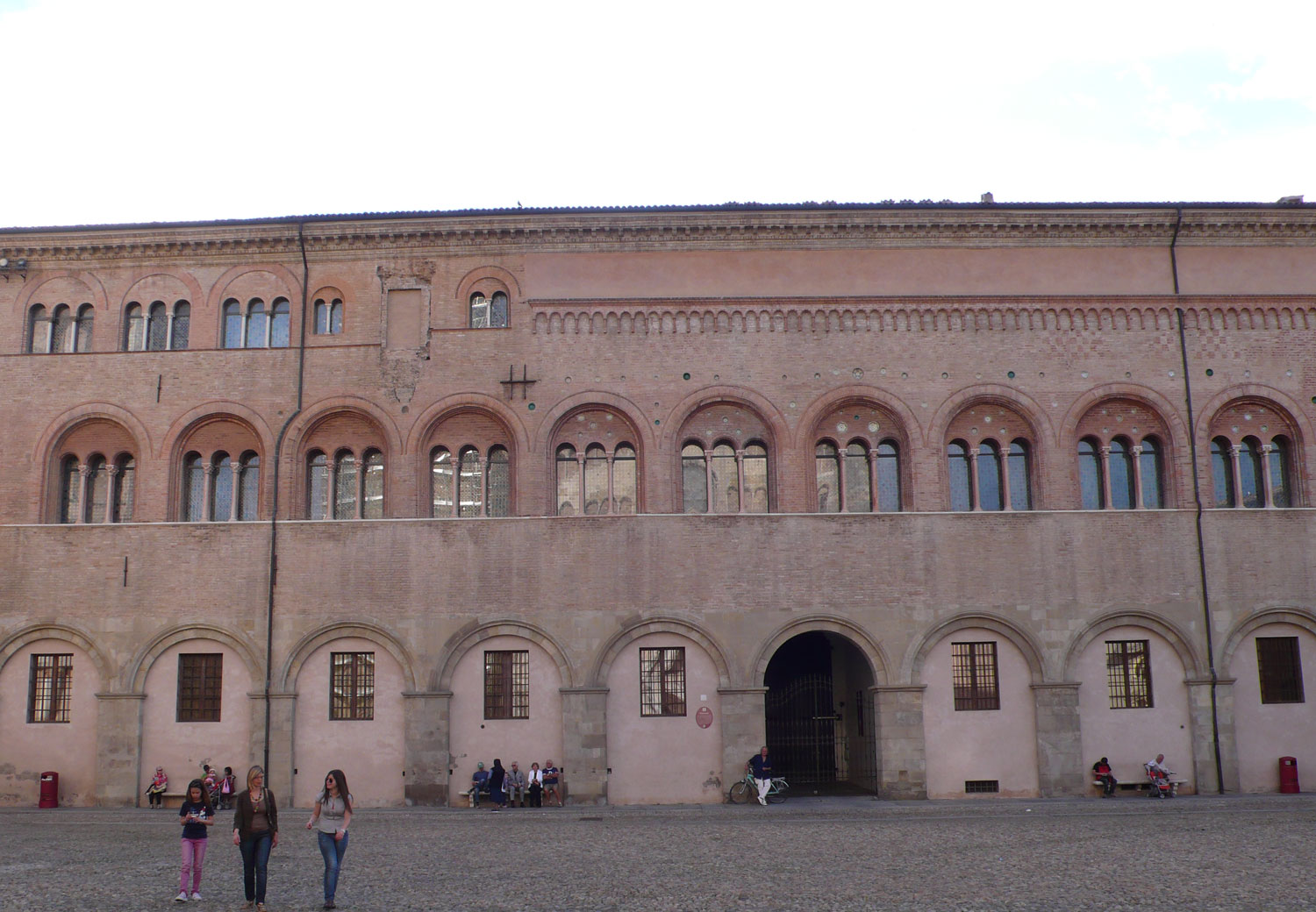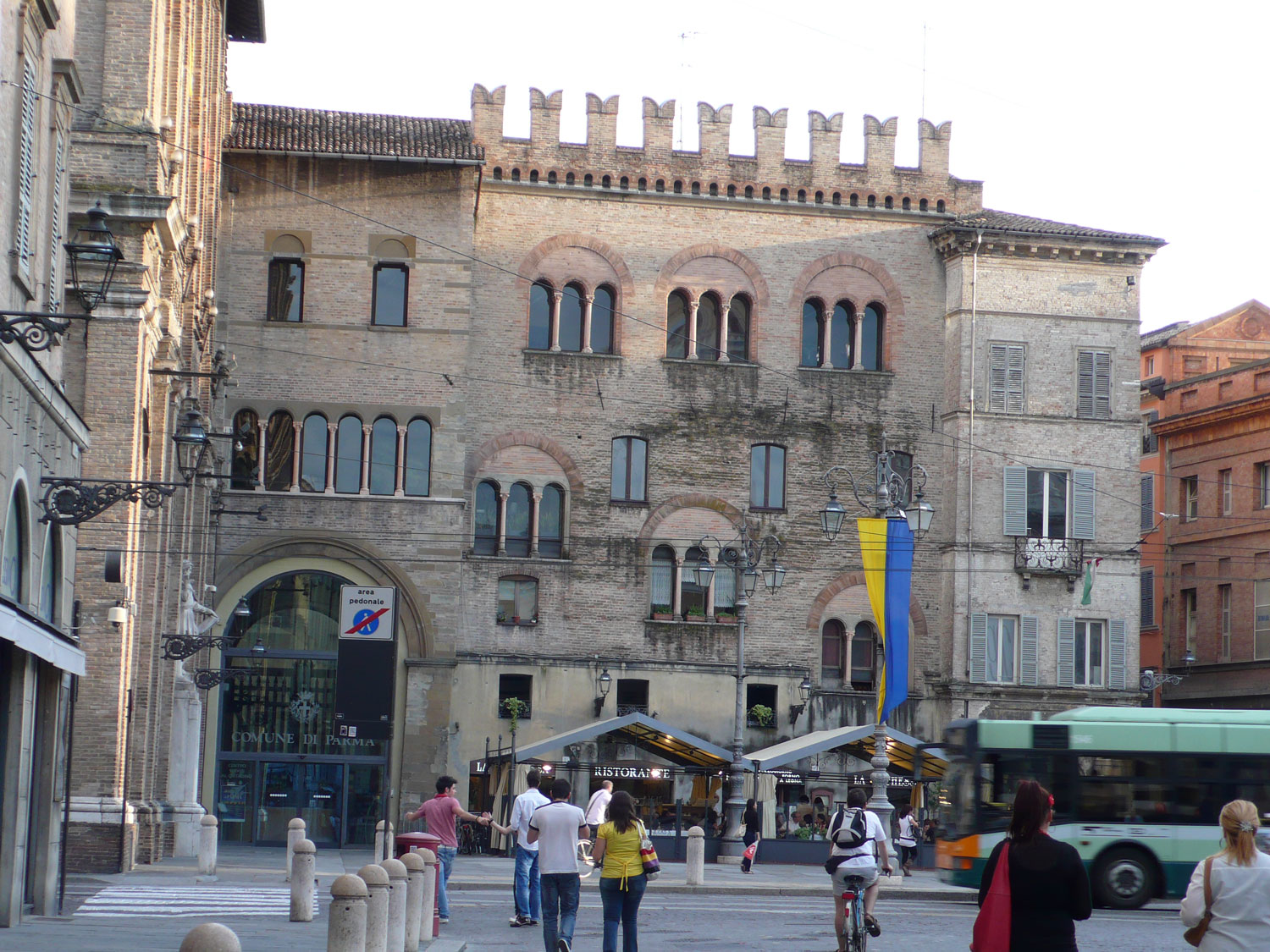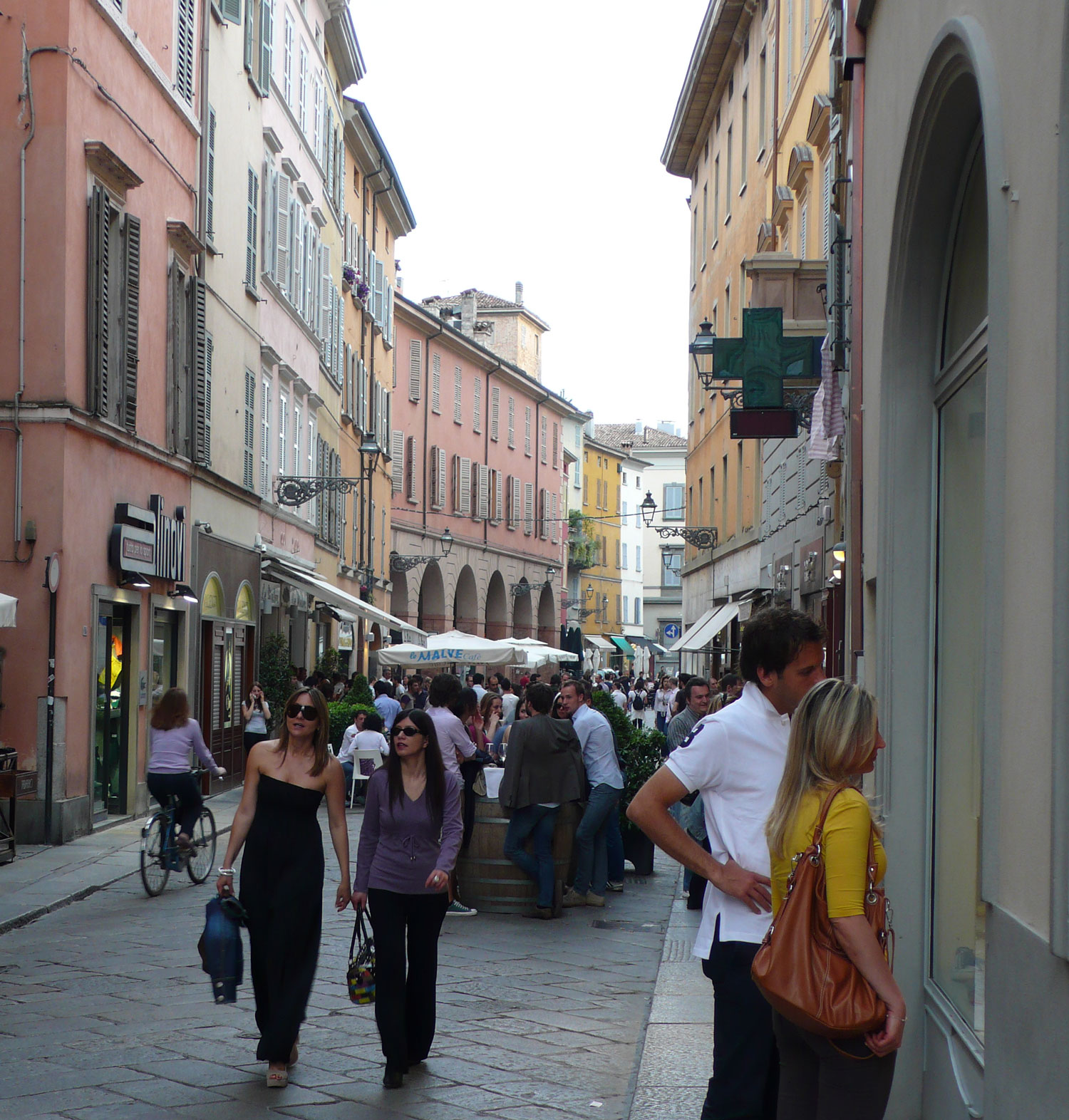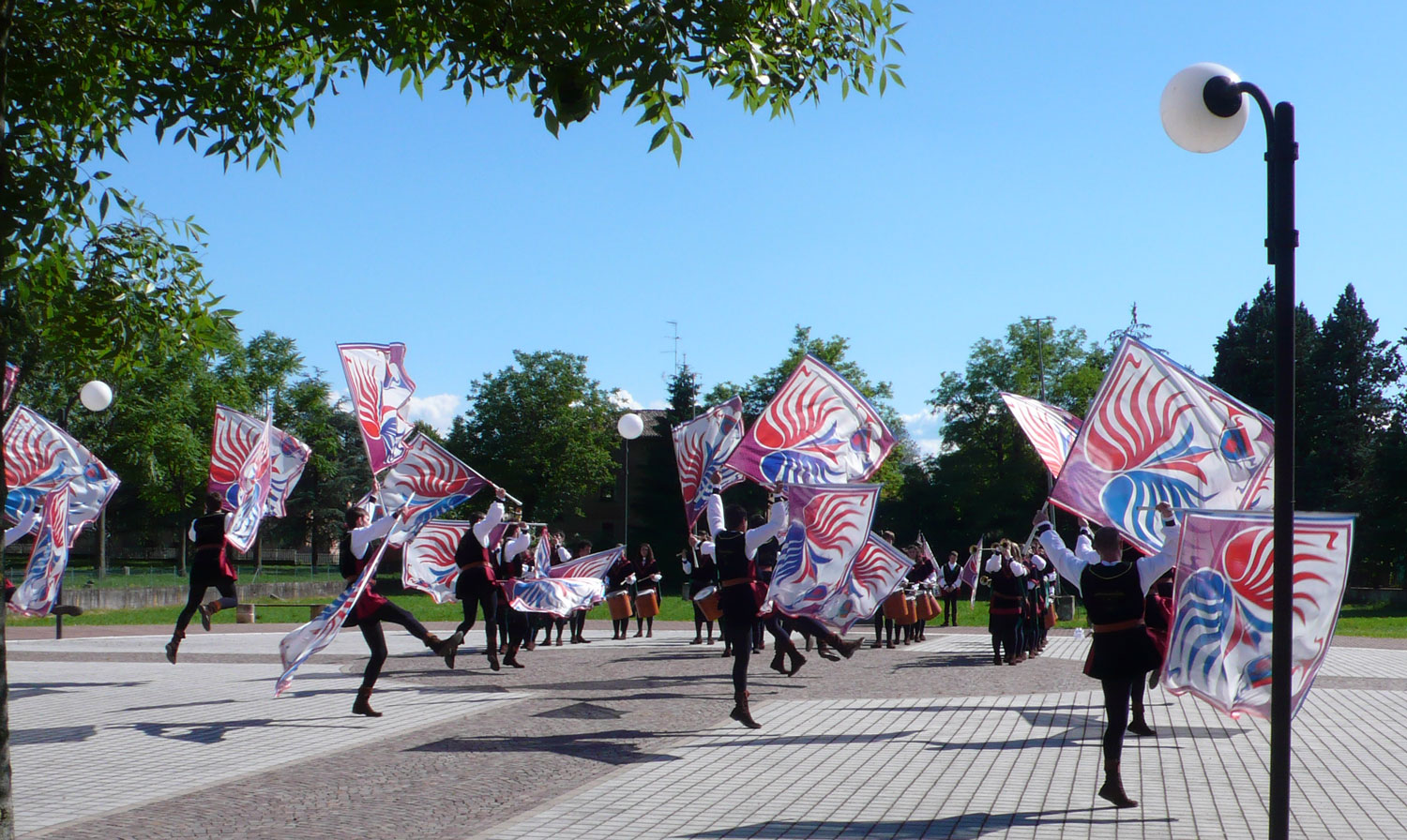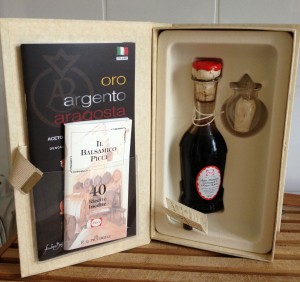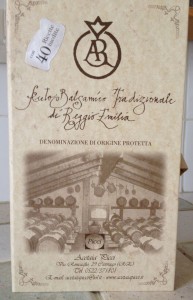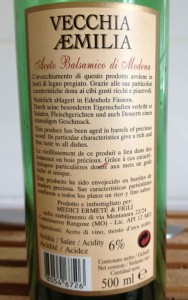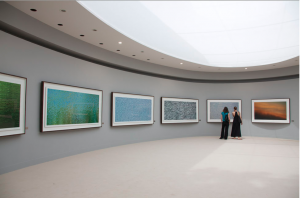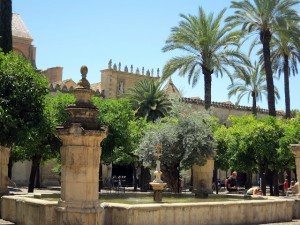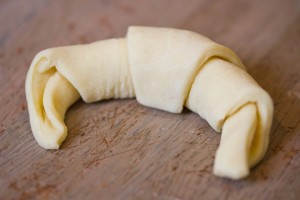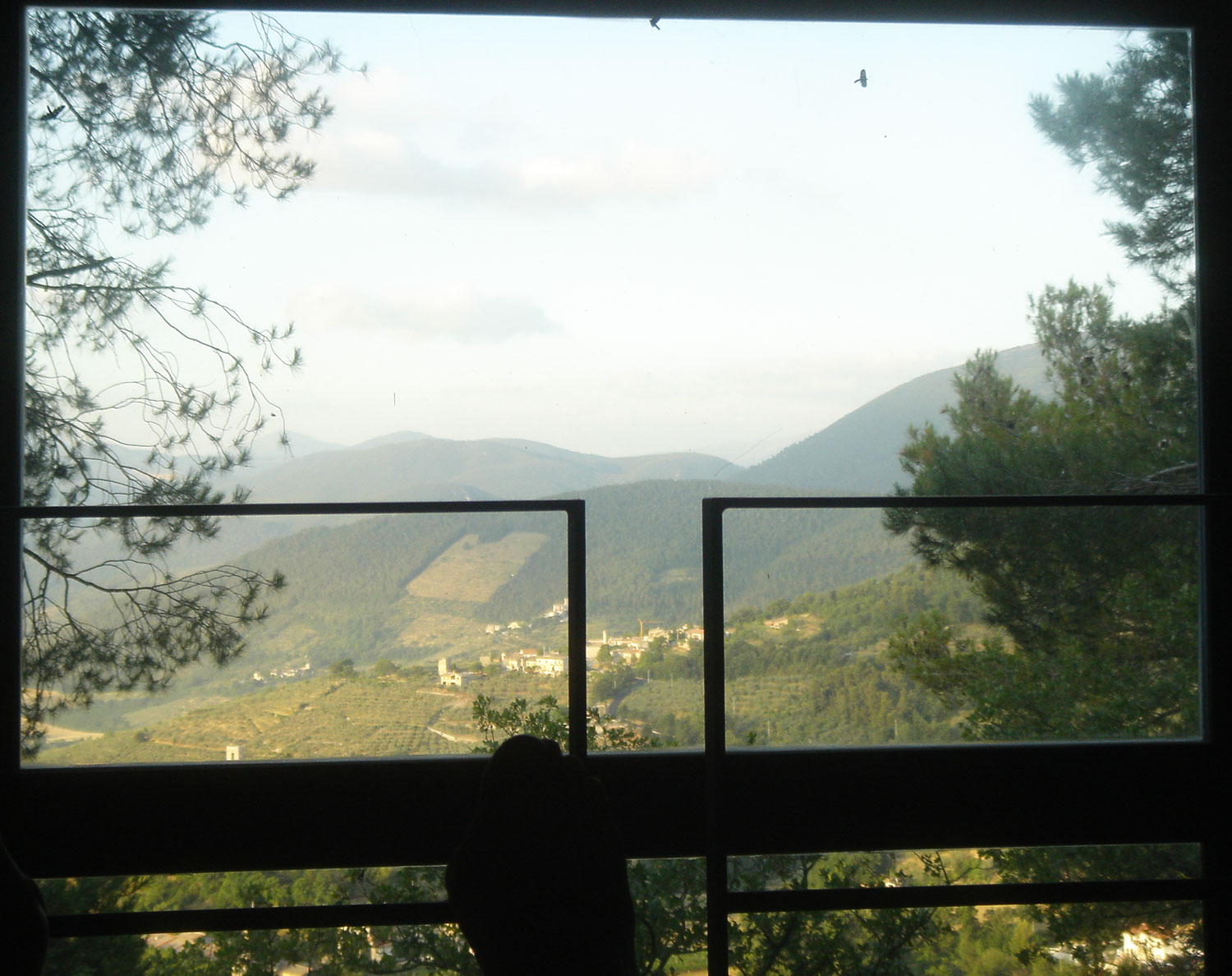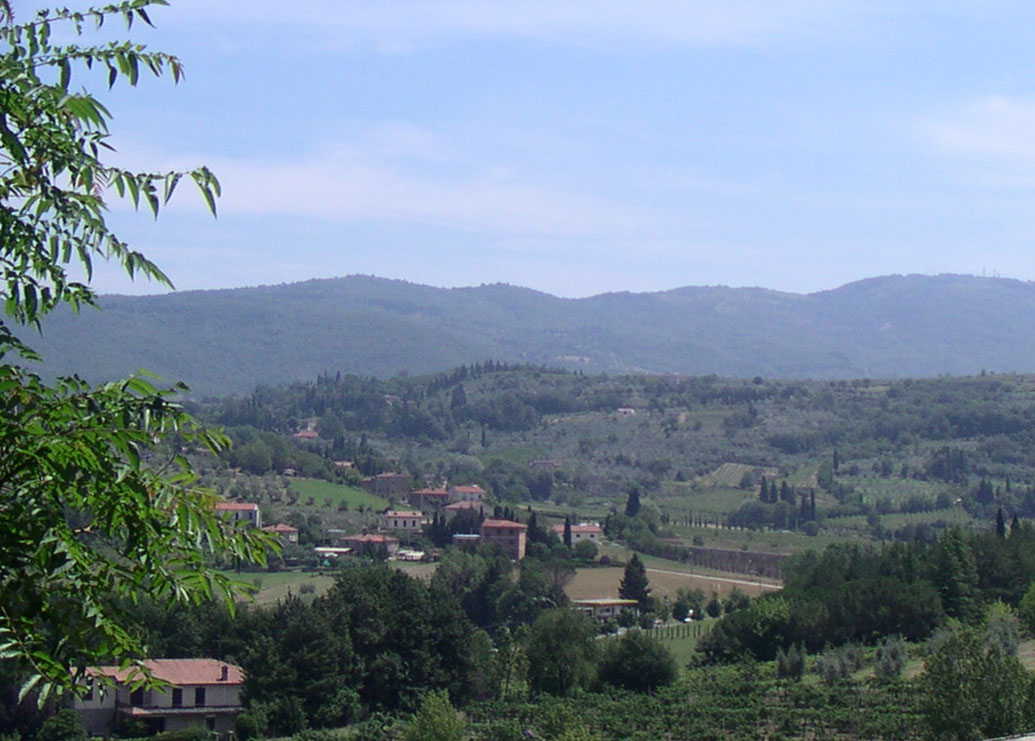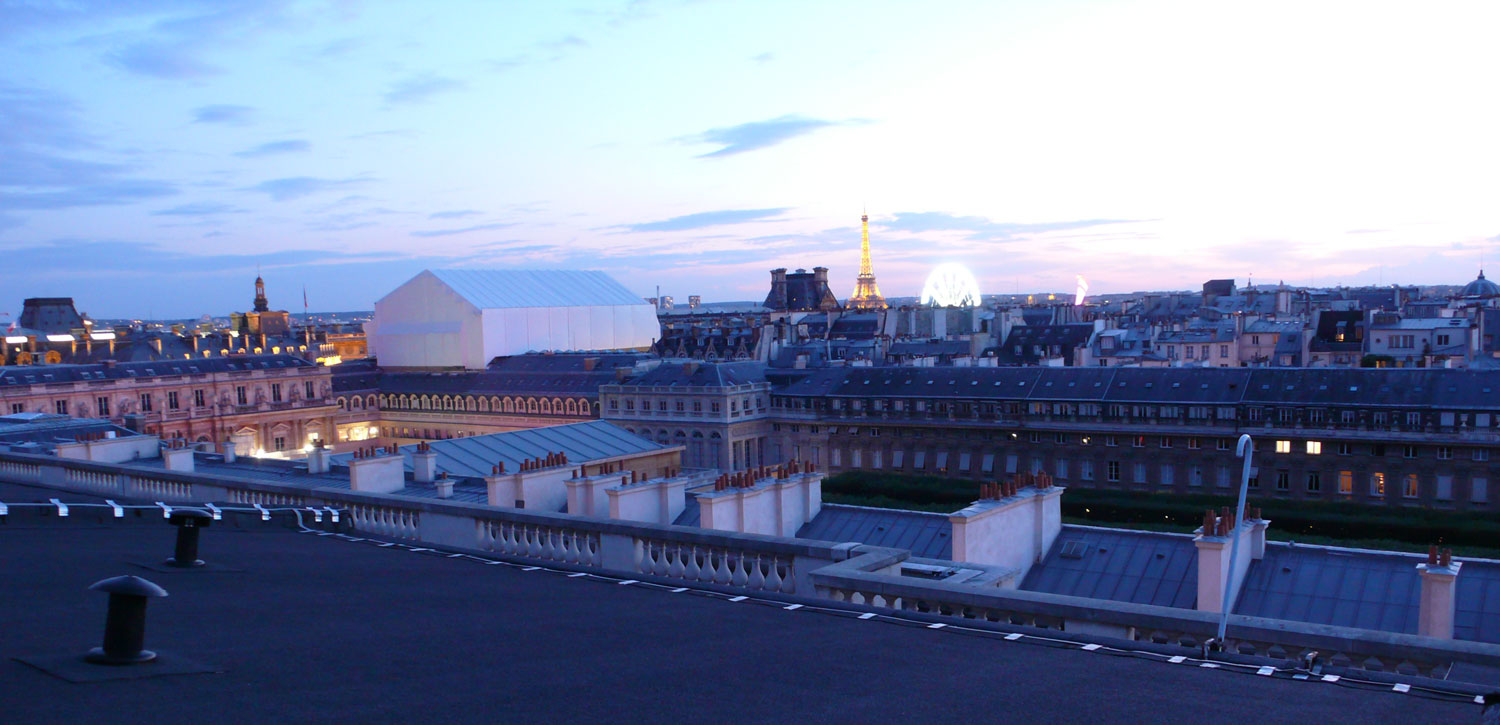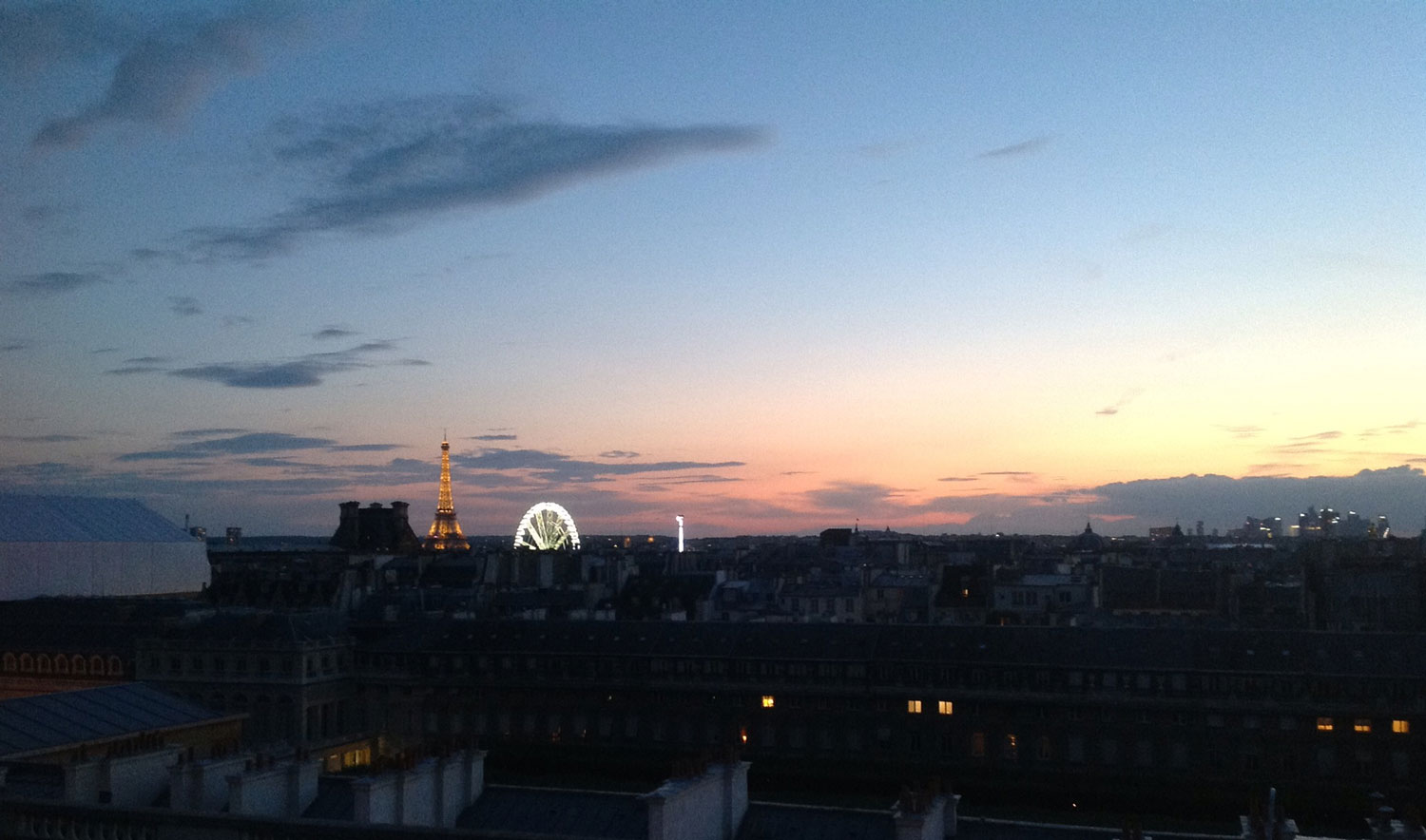The wonderful weather is more or less lasting so make the most of it! Mary Kay from Out and About in Paris, took a lunch cruise on the Seine this week, Abby from Paris Weekender checked out a few places to eat and drink that are staying open in Paris during August, when nearly everything shuts down, while fellow Australian, Lincoln from Vinosolex, whose blog I have just discovered, tells us about a wonderful food pairing celebration in Gigondas. Enjoy!
Lunch Cruise on the Seine: Tourists Get to Have all the Fun!
by Mary Kay from Out and About in Paris, an American by birth, Swiss by marriage, resident of Paris with a Navigo Pass for the metro that she feels compelled to use
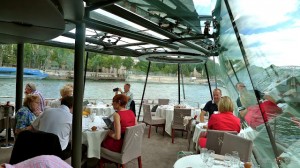 Dinner at Le Dôme, shopping at Galeries Lafayette, riding around the gardens of Château de Vaux-le-Vicomte in a golf cart – sometimes it seems that tourists get to have all of the fun. Fortunately, my father-in-law’s visit gave Stephane and me a very good reason to momentarily forget about the long list of things that we still need to do before we travel to the U.K. on Thursday and savor the beauty of Paris.
Dinner at Le Dôme, shopping at Galeries Lafayette, riding around the gardens of Château de Vaux-le-Vicomte in a golf cart – sometimes it seems that tourists get to have all of the fun. Fortunately, my father-in-law’s visit gave Stephane and me a very good reason to momentarily forget about the long list of things that we still need to do before we travel to the U.K. on Thursday and savor the beauty of Paris.
If you haven’t already done a Bateaux Parisian lunch or dinner cruise on the Seine, I hope that this photo report will give you a good idea of what to expect: panoramic views of many of the most important monuments, live musical entertainment and a better-than-expected meal. Read more.
Paris Restaurants: My Short List for What Stays Open in August (2012)
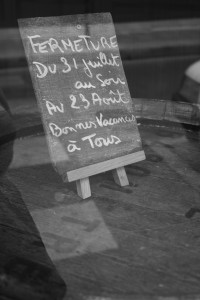 by Abby from Paris Weekender, an American living in Paris who offers suggestions for Paris weekends, either staying put or getting out of town
by Abby from Paris Weekender, an American living in Paris who offers suggestions for Paris weekends, either staying put or getting out of town
Paris is notorious for shutting down in the month of August. Last year, I gave you my short list of top restaurants that stay open for all or a good part of the month. And I figured it would be helpful to have an update for 2012! See my Crème de la Crème list for more details on each establishment. Read more.
Gigondas: perfect food, wines & weather… and a good idea
by Lincoln from Vinosolex, an Australian now living in Provence visits France’s vineyards on a 1968-model Solex motor bike. Discovering the magic of France at the right pace, with a focus on the Rhone valley.
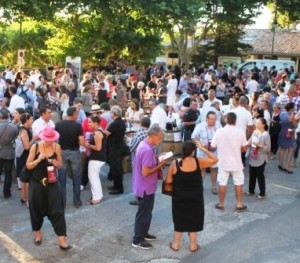 There are good ideas and very good ideas.
There are good ideas and very good ideas.
This was a very very good idea.
The young vignerons of Gigondas convinced four of the region’s best cooks to come along to the village’s central square and cook to their hearts’ content. Then they got twenty of the appellation’s vignerons to roll out their barrels and pull out their corkscrews. They threw the gig open to the public for the very modest price of 25€ and waited to see if anyone bit.



